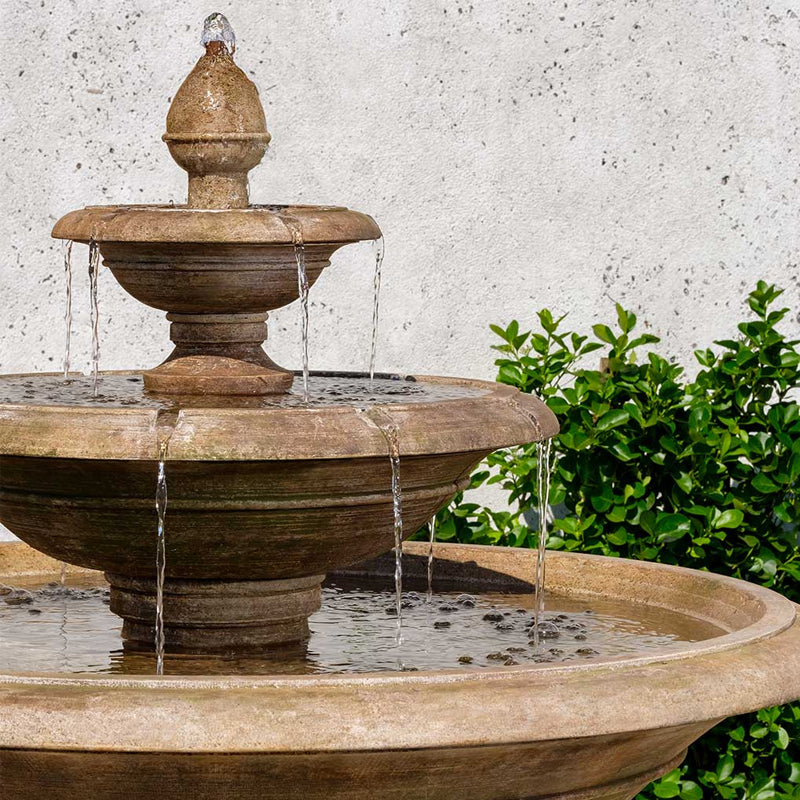The design and functionality of outdoor water fountains have significantly evolved, leading to more efficient water usage. This improvement is vital in an era where water conservation is increasingly important due to environmental concerns. In this article, we delve into the reasons behind the superior water efficiency of some outdoor water fountains.
1. Advanced Water Recycling Systems
One of the primary reasons for the increased efficiency in modern water fountains is the integration of advanced water recycling systems. In contrast to traditional fountains, which typically rely on a continuous supply of fresh water, contemporary models are ingeniously designed to recirculate the same water. This ingenious system is not merely a loop of water being reused; it incorporates sophisticated filtration and purification processes that ensure the water remains clean and clear. These processes involve multiple stages of filtration, including mechanical and sometimes biological filters, which remove debris and impurities from the water.
The purification process, using UV sterilization or chlorination, removes algae and pathogens, ensuring safe water. This reduces water consumption, making these fountains sustainable for urban areas. It also lowers operational costs, making modern water fountains eco-friendly and cost-effective.
2. Smart Water Management Technologies
Modern outdoor fountains frequently employ smart water management technologies. These systems are outfitted with sensors and programmable controls to regulate water flow and consumption. Such technologies enable the fountains to adjust their operations in response to environmental conditions. For example, on windy days, the fountain can reduce water output to minimize loss from evaporation and splashing. This intelligent adaptation ensures water is used judiciously, enhancing overall efficiency.

If you're looking for a fountain that combines sleek design with smart efficiency, explore our Modern Outdoor Fountains collection.
3. Drought-Resistant Design Features
In addition to recycling and smart management, some outdoor fountains are designed with drought-resistant features. These fountains use less water by design, incorporating elements like smaller basins and reduced spray heights. By limiting the volume of water exposed to air and potential evaporation, these fountains maintain their aesthetic appeal while using less water.
4. Use of Low-Flow Nozzles and Efficient Pumps
The efficiency of water fountains is also improved through the use of low-flow nozzles and energy-efficient pumps. Low-flow nozzles are designed to create the same visual effect as traditional nozzles but with less water. Similarly, modern, energy-efficient pumps circulate water more effectively, requiring less power and water to maintain fountain operations.
Conclusion
The advancement in water fountain technology reflects a broader trend towards sustainability and environmental responsibility. By incorporating recycling systems, smart water management, drought-resistant design, and efficient hardware, modern outdoor water fountains demonstrate how innovation can lead to significant water savings. This is not just a technical achievement but a crucial step in preserving our most precious resource – water.
As we continue to face environmental challenges, such developments in water conservation technology will play an essential role in ensuring a sustainable future. Outdoor water fountains contribute to a peaceful ambiance and now stand as symbols of the harmony between aesthetic beauty and environmental stewardship.

